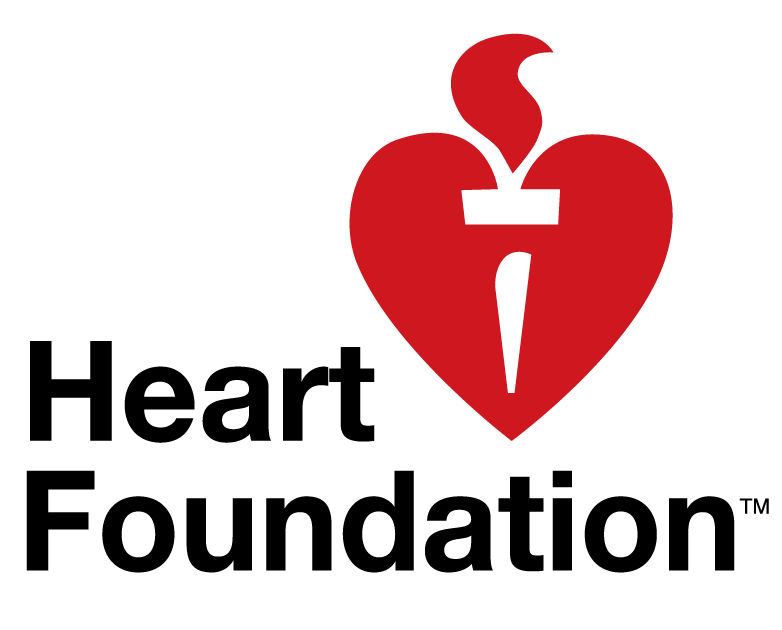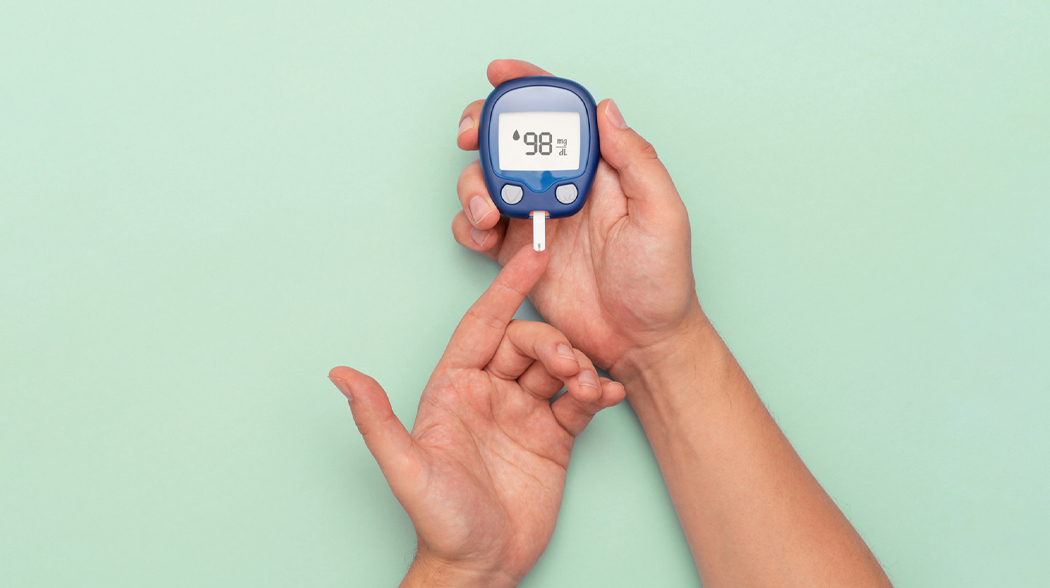Exercising regularly is one of the most important ways to support your heart health and can help reduce your blood pressure. Whether you’re dealing with high blood pressure (hypertension) or simply want to maintain healthy blood pressure levels, physical activity brings both immediate and long-term benefits.
The power of movement
Scientific evidence clearly shows that regular physical activity can reduce blood pressure. In people with hypertension, consistent exercise has been shown to lower systolic blood pressure (the top number) by an average of 12.26 mmHg and diastolic blood pressure (the bottom number) by 6.12 mmHg. This reduction helps lower the risk of serious complications like heart attack and stroke.
Even one exercise session can lead to a temporary drop in blood pressure that lasts up to 24 hours. Over time, with consistent effort, your blood pressure may decrease, reducing the strain on your heart and arteries, and lowering your risk of cardiovascular disease, a heart attack or stroke.
What happens to blood pressure during exercise?
It’s normal for blood pressure to rise during physical activity. Your heart pumps more blood to deliver more oxygen to your muscles. This increase is temporary and should return to baseline shortly after you finish.
However, if your blood pressure spikes after exercising and stays much higher than your normal blood pressure for more than two hours, you could be experiencing exercise-induced hypertension. It’s important to discuss this with a healthcare professional.
Conversely, if your blood pressure drops too low during or after exercise, and you experience symptoms like dizziness or fainting, you should speak with your healthcare professional too.
Exercising safely
For most people, exercise is not only safe but recommended. Staying sedentary and doing nothing is far more harmful in the long term.
If your blood pressure is normal, regular exercise can help keep it that way. For those living with hypertension, regular exercise is an important part of managing your condition.
If your blood pressure is poorly controlled or you’re just getting started with exercise, it’s wise to talk to your doctor or nurse first. They can help ensure your exercise plan is safe and effective, especially if you’re taking blood pressure medication that may affect how your body responds to physical activity.
Best types of exercises if you have high blood pressure
To get the most benefit, aim for activities that increase your heart rate and make you breathe faster, but still allow you to talk in short sentences. This is called moderate-intensity exercise.
- Aerobic exercise: Brisk walking, swimming, jogging and cycling are excellent options.
- Strength training: Use light weights, resistance bands or bodyweight exercises. Avoid holding your breath during these.
- Yoga: Gentle yoga can promote relaxation and help lower blood pressure. Steer clear of inverted poses like headstands, which can cause a spike in blood pressure.
- Isometric exercises: These involve holding a position while tensing muscles, such as planks or wall squats. Done three times a week for 12–20 minutes, they can be highly effective for lowering blood pressure. Just remember to keep breathing throughout.
Exercises to avoid if you have high blood pressure
While most exercises are safe with proper preparation, some intensive activities can be risky with high blood pressure, especially if it’s not well uncontrolled. These include:
- High-intensity workouts like sprinting, heavy weightlifting and high intensity interval training (HIIT)
- Extreme sports such as scuba diving or skydiving
- Certain yoga and Pilates poses (talk to your instructor about safe options)
- Any activity that involves straining and breath-holding (the Valsalva manoeuvre), which can rapidly spike blood pressure.
Always check with your doctor or nurse before starting a new exercise regimen, particularly if you’re unsure about what’s appropriate for your condition.
Tips for safe and effective exercise
- Start slowly if you’re new to exercise.
- Warm up and cool down to prevent injuries and avoid sudden blood pressure changes.
- Stay hydrated and wear comfortable clothing.
- Rest between sessions to avoid burnout or injury.
- Use proper technique, especially when lifting weights or using gym equipment.
- Listen to your body: stop exercising if you have pain or experience discomfort, or are feeling unwell.
Reap the rewards of regular exercise
By incorporating regular exercise into your lifestyle, you’re doing your heart a favour. Even small consistent amounts of exercise can make a meaningful difference to your blood pressure and overall health – every bit helps.
Over time, as your heart gets fitter, it becomes more efficient at pumping your blood. That lowers your blood pressure, including when you’re at rest.
Regular exercise helps lower both systolic and diastolic blood pressure, reducing your risk of heart disease, stroke and other complications.
For more ways to stay active, visit the Heart Foundation physical activity page.
Where can I get support?
A green prescription from your doctor is a way to get support to be more active. It helps you to set goals and make realistic changes you can stick with. It’s also a good way to meet others who want to improve their health and wellbeing.
Check out Sport NZ to find sport or recreation activities in your area.
If you’re an AIA Vitality member you can access discounts at our gym partners Les Mills, Jetts and Snap Fitness. Find out more here.
Our page on exercise for people with heart conditions includes a list of directories for free and low-cost activity sessions around the country.
Disclaimer: The information in this article is general information only and is not intended as financial, medical, health, nutritional, tax or other advice. It does not take into account any individual’s personal situation or needs. You should consider obtaining professional advice from a financial adviser and/or tax specialist, or medical or health practitioner, in relation to your own circumstances and before acting on this information.

Brought to you by AIA Vitality partner Heart Foundation.
The Heart Foundation is New Zealand’s heart charity, leading the fight against our country’s single biggest killer – heart disease. They rely on the generosity and goodwill of people like you to support their work.
AIA Vitality members can donate their active rewards to Heart Foundation.






